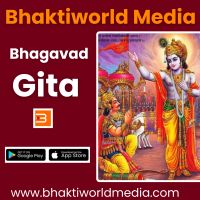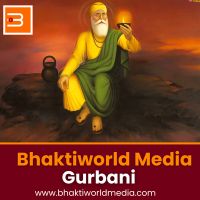Folk music is a broad and diverse genre that encompasses traditional music passed down through generations by oral tradition. It is deeply rooted in the cultural heritage of various communities around the world, reflecting their histories, beliefs, and daily lives. The term "folk" itself derives from the German word "Volk," meaning people, emphasizing the genre's connection to the common folk and their collective experiences.
Folk music often features simple, acoustic instruments such as guitars, banjos, fiddles, mandolins, and harmonicas. These instruments are chosen for their ability to produce a rich, warm sound that complements the storytelling aspect of folk songs. The lyrics in folk music typically tell stories about everyday life, historical events, social issues, love, loss, and the natural world. These narratives often serve as a means of preserving cultural memory and passing down wisdom from one generation to the next.
One of the defining characteristics of folk music is its emphasis on community and collaboration. Traditional folk songs are often sung in groups or at communal gatherings, fostering a sense of unity and shared identity among participants. This collaborative spirit is evident in various forms of folk music around the world, from the sea shanties sung by sailors to the work songs chanted by laborers.
In North America, folk music has a rich history that includes influences from European immigrants, African American traditions, and indigenous cultures. Early American folk music often featured ballads, which were narrative songs that told stories of heroes, villains, and significant events. These ballads were passed down orally and adapted over time, reflecting the experiences of different communities.
The mid-20th century saw a resurgence of interest in folk music, known as the folk revival. This movement was led by artists such as Woody Guthrie, Pete Seeger, and Bob Dylan, who popularized traditional folk songs and wrote new material that addressed contemporary social issues. The folk revival also saw the emergence of sub-genres like protest folk, which used music as a tool for political and social activism.
In Europe, folk music has a long and varied history, with each country and region developing its unique traditions. For example, Irish folk music is known for its lively jigs, reels, and ballads, often accompanied by instruments like the tin whistle, fiddle, and bodhran. Scottish folk music features bagpipes, fiddles, and accordions, and includes traditional dances like the Highland fling and the ceilidh.
In Africa, folk music is deeply intertwined with daily life and cultural rituals. Instruments like the kora, djembe, and balafon are used to create complex rhythms and melodies that accompany storytelling, ceremonies, and celebrations. African folk music often features call-and-response patterns, where a leader sings or plays a phrase and is answered by a group.
In Asia, folk music traditions vary widely from country to country. In India, folk music includes genres like Bhangra from Punjab and Lavani from Maharashtra, which feature energetic dances and lively rhythms. In Japan, traditional folk music known as "Minyo" often accompanies festivals and ceremonies, with instruments like the shamisen and taiko drums.
Folk music continues to evolve and adapt, incorporating new influences and technologies while maintaining its connection to tradition. Contemporary folk artists often blend elements from other genres, such as rock, jazz, and electronic music, creating innovative sounds that appeal to a wider audience. Despite these changes, the core values of community, storytelling, and cultural preservation remain at the heart of folk music.
The global reach of folk music is evident in festivals and events held around the world, celebrating the diversity and richness of traditional musical expressions. These gatherings provide opportunities for artists to share their work, for audiences to experience new cultures, and for communities to come together in celebration. Folk music's ability to transcend boundaries and connect people through shared experiences makes it a vital and enduring part of human culture.
 18.4k
18.4k
 1
Albania Folk 128 kbps MP3
1
Albania Folk 128 kbps MP3 11.3k
11.3k
 3
Macedonia Folk 320 kbps MP3
3
Macedonia Folk 320 kbps MP3 3.8k
Bosnia and Herzegovina Folk 128 kbps MP3
3.8k
Bosnia and Herzegovina Folk 128 kbps MP3



































